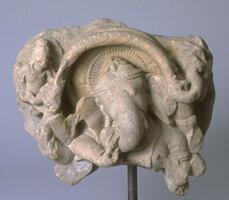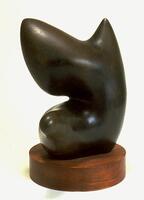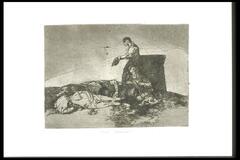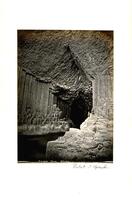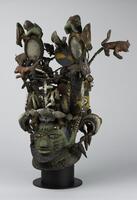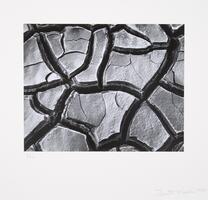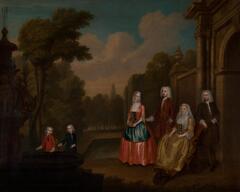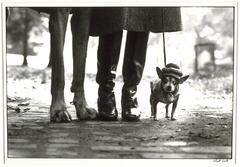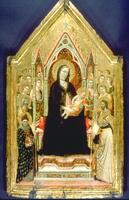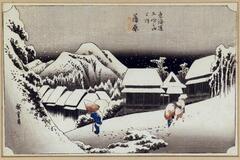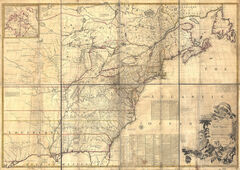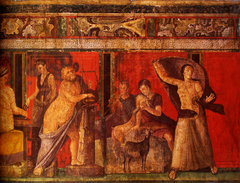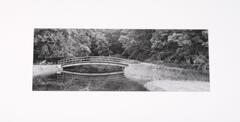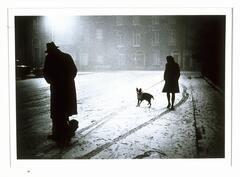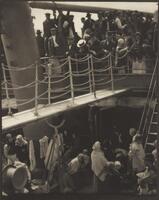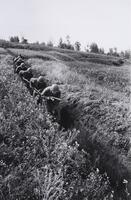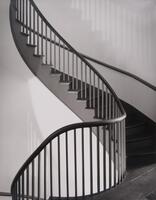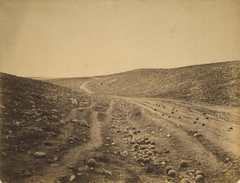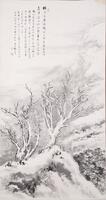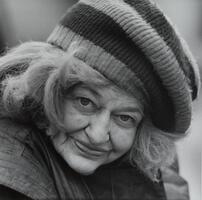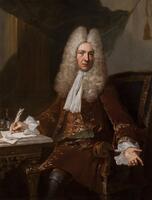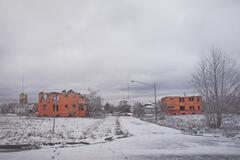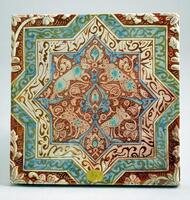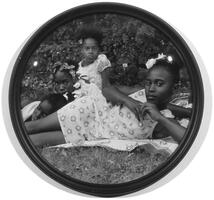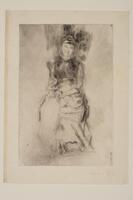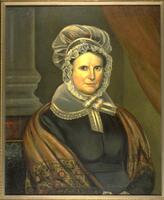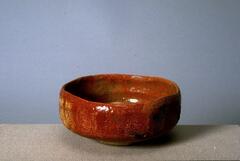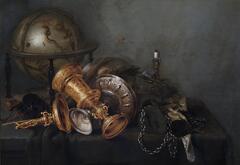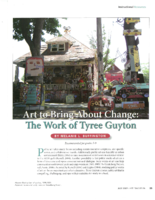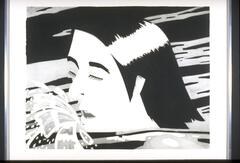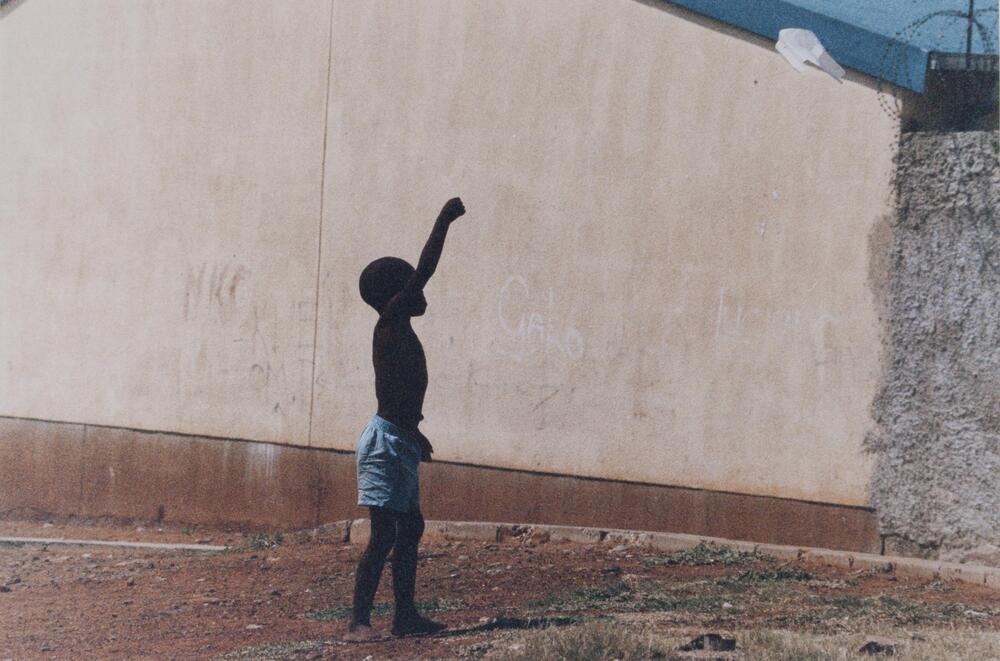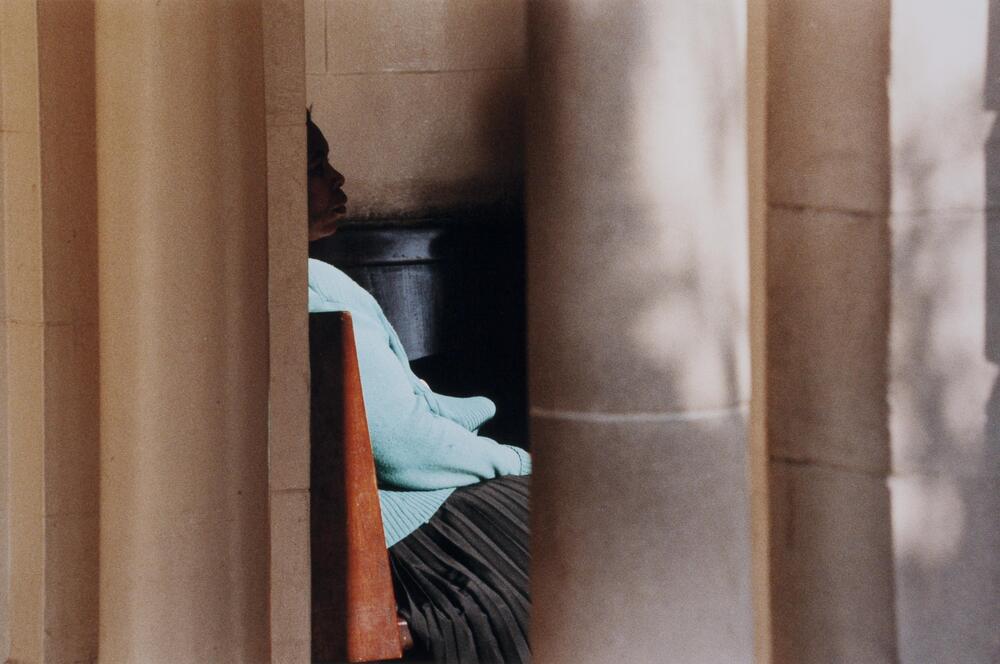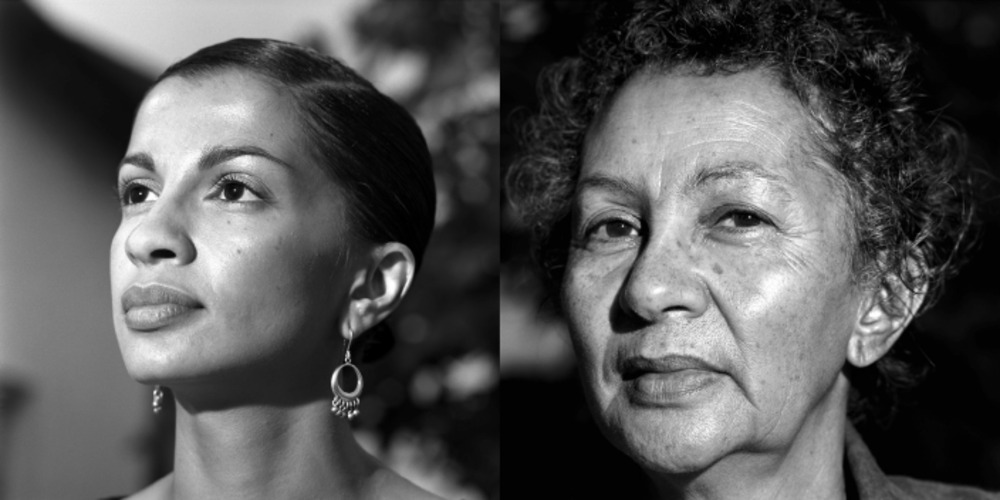Lesson Plan: Artists and Social Change
UMMA Workshop for Educators, “Casting Shadows,” photographs of South Africa by Ed West
Objectives
Students will explore how artists can participate in and influence social change. Students will engage in discussion about how photographs work and how the viewer responds to them.
National Core Standards
- Integrate and evaluate the argument and specific claims in a text, including the validity of the reasoning as well as the relevance and sufficiency of the evidence
- Convey meaning through the presentation of artistic work
Grades
9-12
Materials
- Photographs of South Africa
- Portraits
- Discussion Questions
Lesson
Observe photographs by Edward West, other portraits of South Africans, or other photographs of social change (example: Civil Rights Movement documentary photography).
See, for example: http://stamps.umich.edu/images/uploads/people/SoCalled01.png
Consider the following information and questions, as prompts for discussion about how art and artists can induce social change.
Prompt 1:
In 1976, before he went to South Africa, Edward West saw a play called Sizwe Bansi is Dead written by Athol Fugard, a white South African playwright. The play was about a photographer who takes pictures of the people in his township. Fugard’s plays use sparse sets and only a few actors to show the intricacies of everyday life. Many years before the end of apartheid, Fugard wrote plays for both white and black actors. His performances were also seen by integrated audiences. These two facts were so threatening to the government of South Africa that they took away Fugard’s passport for four years.
- What types of connections can be made between these photographs and the theater?
- Consider how lighting is used, how each frame is “setting a stage”, how the figures might relate to actors in a play.
- How can art participate in social issues of the day?
Prompt 2:
During apartheid, blacks were cast in the role of shadow—their only existence defined by their service to the white population. Photographs can use shadow as a way to reveal or conceal people and places. The term chiaroscuro is used in art history to describe “the arrangement or treatment of light and dark parts in a pictorial work of art” or “the interplay of light and shadow on or as if on a surface.” (Webster’s Tenth Edition) This term can also refer to the moment of change from dark to light in an image.
- Photographs can use shadow as a way to reveal or conceal people and places, buildings, and the landscape. How is shadow used in these photographs?
- How is a moment of historical change being depicted?
Prompt 3:
Under apartheid, every black person was given a passbook when they turned sixteen. Your passbook would include your thumbprint, a photograph of your face as well as information pertaining to where you were allowed to be at any given time and where you were allowed to work. If you did not have your passbook with you, the police could arrest you and put you in jail.
- How can Ed West’s portraits be contrasted with photographs found in passbooks?
- How can photographers “re-cast” their subjects?
- What does the photographer do to show the relationship between him/herself and the sitter? How do we know that Ed West had a different relationship to his sitters than the photographer of the passbooks did with his subjects?
Prompt 4:
Until 1994, when the first post-apartheid elections were held, the white minority population of South Africa controlled life for the majority (black or mixed heritage) of the population. Until very recently, the multitudes or the majority have not been either seen or heard. Photography can be used to validate experience by showing people that many are unaware exist. Photographer Edward West had a billboard put up in Detroit (along busy Woodward Avenue). In addition to displaying one of his photographs on this billboard, he included these words: “What would we hear if the multitude spoke?”
- How does artwork change when it is no longer in a museum?
- How does photography “speak” or give voice to the masses?
- How can photography change history, or the way history is taught?
Prompt 5:
Places where people work and live tell us about their identity. Another way to think about one’s “place” in society is in terms of one’s job or “place” in the social hierarchy.
- How to photographs “place” people in settings and comment on their position in society?
Prompt 6:
Architecture can function as a frame around figures. Find an image wherein walls, gates or fences seem to enclose or create a boundary around the subject(s). Under apartheid the government imposed pass laws, which restricted where blacks could live, work and even be at any given time.
- What kind of a relationship does the individual have to the environment?
- How can living in a South African township, or an underserved area, “frame” your identity, literally and figuratively?
Prompt 7:
The point of view of the photographer becomes the point of view that we take on as viewers. Edward West visited South Africa as an outside observer who wanted to tell the stories of the people who live in the townships. When he got there he was “struck by the richness of the people and …not struck by the poverty of the people.”
- Does it matter if a photographer is “an insider”?
- What advantages or disadvantages can occur when a photographer understands a place or people as an insider?
Prompt 8:
Last year, Edward West held an exhibit of his photography in a restaurant in the township of Alice. After the exhibit was over, he gave those photographs to the individuals in the photographs. Very few people in townships have access to photography and this was one of the only opportunities that they may have had to own a documentation of their family.
- How do photographs (in particular - portraits) validate experience?
- Consider your own family photographs. How does knowledge of your family’s history through these images influence your identity? What if you did not have any images?
Prompt 9:
Consider the poses and postures of the figures in these images. By using shadow, Edward West has made many of these figures resemble silhouettes in which identity is marked by body language. He has spoken about how “thought informs gesture.” Find an image where the gesture indicates personality, identity or emotion.
- What can you decipher about this person?
- What kinds of emotions are evoked by the gesture of their body?
Part of 1 Learning Collection
“Tradition Transformed: Chang Ku-nien Master Painte...
“Creative Literacies: Expanding our View,” UMMA Wor...
UMMA Exhibition, “The Graphic Dimension: Prints and...
“Creative Literacies: Expanding our View,” UMMA Wor...
“Teaching with Photography,” UMMA Workshop for Educ...
“Creative Literacies: Expanding our View,” UMMA Wor...
Lesson adapted from Educator Resources, Victoria & ...
“Benjamin West: General Wolfe and the Art of Empire...
“Creative Literacies: Expanding our View,” UMMA Wor...
“Teaching with Photography” UMMA Teacher Workshop,...
Lesson inspired by Elaine Wilson’s “Charting the Wo...
“Tradition Transformed: Chang Ku-nien Master Painte...
UMMA Teacher Workshop, “Xu Weixin: Monumental Portr...
“Teaching with Photography,” UMMA Workshop for Educ...
“Teaching with Landscape Photography,” UMMA Teacher...
UMMA Teacher Workshop, “Xu Weixin: Monumental Portr...
“Creative Literacies: Expanding our View,” UMMA Wor...
Rate this Resource
AVG: 0 | Ratings: 0
& Author Notes
Creative Commons by-nc-sa (Lesson written by Kathryn Marks)Last Updated
March 6, 2017 1:19 a.m.Report
Reporting Policy

